When I heard that a McLaren 750S Spider was going to be dropped off for a week, it was hard for me to contain my enthusiasm. This latest Spider takes the acclaimed McLaren 720S, a car I attended the launch of six years ago, and turns up the dial. More power, less weight, and the sky as your ceiling. Slip into the dihedral-door cockpit, hit the starter, and the 4.0-liter twin-turbo V8 snarls awake with a bassy growl reminiscent of a distant thunderclap. With a blip of the throttle, the 750S Spider explodes forward, delivering 740 bhp and 590 lb‑ft of torque in a relentless surge. McLaren claims 0–60 mph in just 2.7 seconds, and independent tests have seen it rocket to 60 in a blistering 2.3 seconds (with a 1-foot rollout), making it the quickest rear-wheel-drive car Car and Driver has ever tested. In the seat, that translates to a gut-pinning rush of acceleration that straightens mountain roads and compresses horizons. The 750S Spider doesn’t merely feel fast; it rewrites your reference for speed while bathing you in sunlight and turbocharged sound.
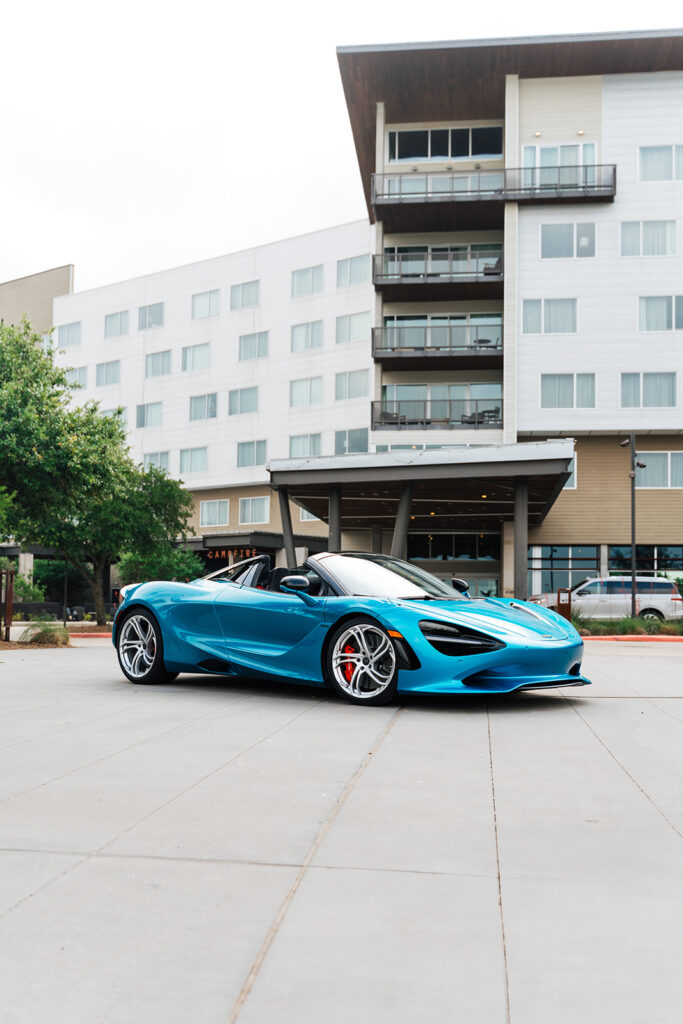
Sculpted for Speed and Sensation
Visually, the 750S Spider is an evolution of McLaren’s wind-carved design language. When I first saw the 720S, I thought to myself, finally, a truly pretty McLaren. At first glance, the 750S looks similar to its 720S predecessor, but subtle sharpening abounds. Up front, a more pronounced splitter and slimmer “eye-socket” intakes hint at its honed aero, while new rear wheel-arch vents and an extended active rear wing draw inspiration from the hardcore 765LT. The result is increased downforce and better aero balance than the 720S, along with an “acoustically tuned” exhaust that crescendos sharply at high revs. With the retractable hardtop in place, the Spider’s silhouette is as sleek as the coupe’s; drop the top (in just 11 seconds, at up to 31mph) and morphs into an open sculpture of speed. McLaren’s signature dihedral doors and teardrop cabin remain, giving the 750S an exotic presence that’s less wedge-brutal than a Lamborghini and more futuristic than a classical Ferrari. Every curve serves a purpose, cooling, downforce, or visibility, yet the form still manages to captivate the eye. It’s form and function in harmony, the kind of design that makes enthusiasts swoon and onlookers crane their necks.
Under the skin, engineering innovation is everywhere. The 750S’s monocage II carbon-fiber tub is the unsung hero, providing immense strength with minimal mass. In fact, McLaren says the 750S Spider’s chassis needed no extra bracing beyond the coupe’s, keeping the weight penalty to just 108 pounds for the convertible mechanism. This obsessive weight-saving pays off: at 2,923 lbs in its lightest dry form for the Spider, the 750S is the lightest car in its class by a significant margin. It undercuts the Ferrari 296 GTS by nearly 440 lbs and shaves 66 lbs off the outgoing 720S Spider, an astounding feat for a car loaded with a power-retractable hardtop and luxury appointments. Super-light carbon-shelled racing seats (38 lbs lighter than the 720S buckets) and 10-spoke forged wheels (saving 30 lbs) are just some examples of McLaren’s ruthless diet regime. Even the windshield is thinner for a 3.5 lb saving. Every gram shed contributes to the car’s agility and explosiveness, reinforcing McLaren’s “lightweight first” philosophy. The engineering highlights continue with a new centrally-exit exhaust that trims nearly 5 lbs and belts out a fierce soundtrack, plus an updated Proactive Chassis Control III hydraulic suspension that I tested on the back roads.
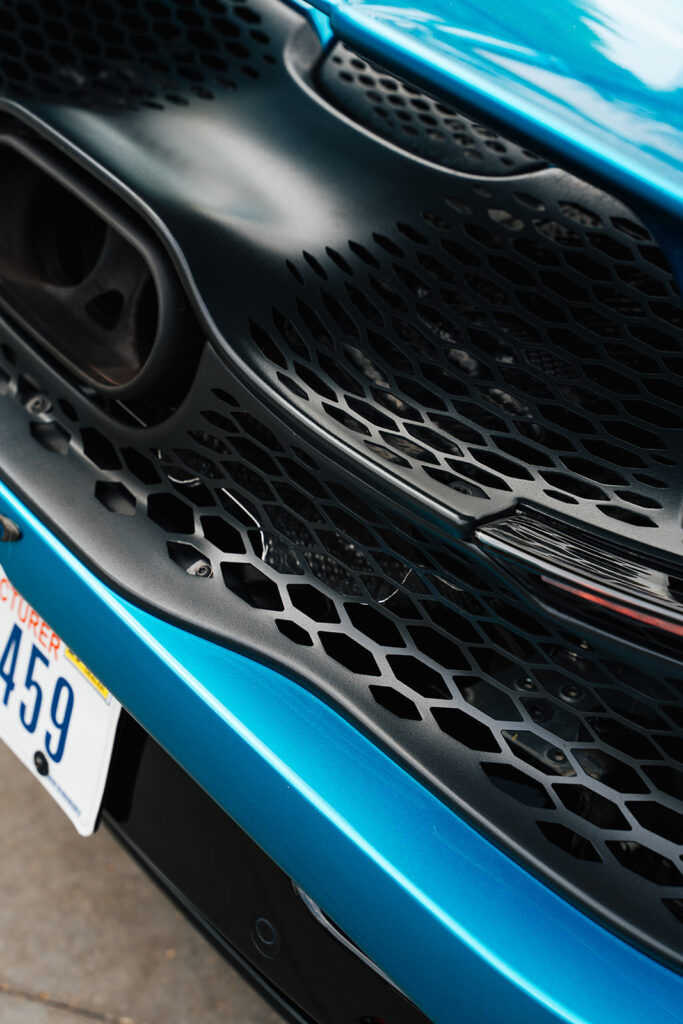
McLaren 750S Spider: Powertrain and Performance
At the 750S Spider’s core lies a familiar yet enhanced heart, the 4.0L twin-turbo V8 (codenamed M840T) boosted to 750 PS (740 bhp). In a world veering toward hybrids, McLaren doubles down on pure internal combustion theater, and the result is intoxicating. The V8’s character has been sharpened: it breathes through a revised intake and exhaust, spins up eagerly, and hits redline with ferocity. There’s a trace of turbo lag below 3,000 rpm, a tiny pause before the turbos fully wake. Once boost builds, hold on tight: the 750S piles on speed with insane ferocity, delivering 206 mph at the top end and quarter-mile passes in just 10.4 seconds at 147 mph, bona fide hypercar territory.
Power is routed through a lightning-quick 7-speed dual-clutch gearbox that McLaren has refined to perfection. Shifts in Track mode are brutal in their efficiency, each upshift accompanied by a whip-crack from the exhaust, yet around town in automatic mode, the transmission is smooth and obedient. Notably, McLaren has shortened the final-drive ratio for extra punch, and the gearbox will even accept downshifts right at redline now, if you’re feeling especially aggressive. The result is a powertrain that’s equal parts savage and sophisticated. Compared to the Ferrari 296 GTS’s hybrid V6, the McLaren’s V8 might lack the instant electric torque, but it counters with old-school turbo muscle and a relentless top-end rush.
There’s a delight in its slightly rawer delivery; the Ferrari’s 819 bhp hybrid system provides instantaneous response, but the McLaren’s buildup to boost adds a layer of suspense that many purists will adore. And unlike the Lamborghini Huracán Evo’s naturally aspirated V10, which needs 8,000 rpm to unleash its full 631 hp fury, the McLaren’s torque-rich bent-eight offers a tsunami of midrange punch. Each approach has its charm: the Lambo trades sheer torque for a spine-tingling, high-rev howl; the Ferrari blends electric and turbo power for seamless thrust, but the 750S’s twin-turbo V8 might just hit the sweet spot between them, delivering explosive force with a side of classic turbo whoosh. No matter the comparison, on a straight road, the McLaren 750S Spider is devastatingly quick, and it sounds glorious doing it.
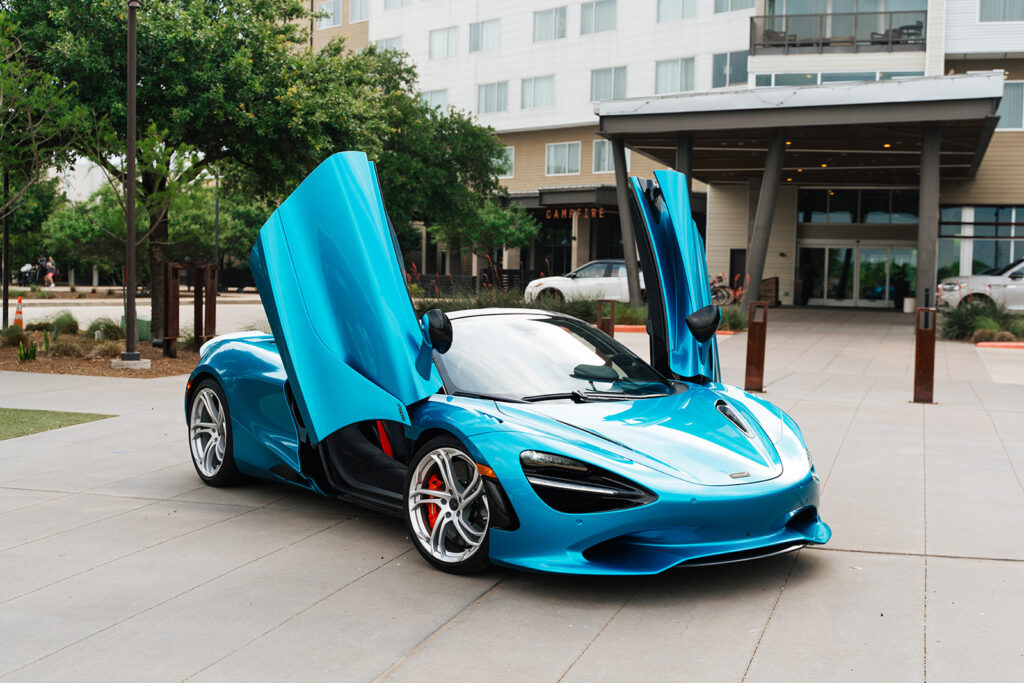
Mastering Corners: Handling and Dynamics
Raw speed is only half the story; the 750S Spider’s real genius is how it dances through corners and over imperfect roads with equal poise. McLaren’s Proactive Chassis Control III suspension, a hydraulically linked setup with no conventional anti-roll bars, gives this supercar a dual personality that borders sorcery. Comfort mode delivers a “magic carpet” ride that’s weirdly comfortable at low speeds; potholes and ruts that would set other supercars trembling are dispatched with a compliant shrug. The frontend lift is also surprisingly fast and smooth. Yet switch to Track mode and the 750S tightens down like a race car, with body control and roll resistance that defy physics for a nearly 3,000-pound machine.
McLaren actually stiffened the rear springs by 3% and softened the fronts by 2% versus the 720S, aiming to enhance agility and front-end bite without upsetting that ride comfort tightrope. The tweaks worked. On a challenging backroad or circuit, the 750S feels freakishly approachable at the limit. The front end bites hard and communicates clearly, while the rear stays planted and puts power down with shocking traction for a RWD car on street tires. Push very hard, and the 750S exhibits a hint of benign understeer as you approach the edge of grip. McLaren opted for stability and confidence over twitchiness, whereas the Ferrari 296, with its shorter wheelbase, feels a tad more eager to rotate. There’s a calm, locked-down composure to the McLaren even as you explore its high limits. This inspires trust; you exploit that 750PS without fear, the car egging you on with its unflappable balance.
Steering feel is another McLaren forte. The 750S employs a hydraulic steering rack that’s become a unicorn in modern supercars, and it rewards the enthusiast with rich feedback. The steering is immediate and alive with road texture; you feel the grain of the asphalt and the weight transfer in your fingertips. Yet it’s not nervous; the 750S’s helm is actually less hyperactive than a Ferrari’s quick steering. Turn-in is sharp but measured, so you can place the car accurately. McLaren’s carbon tub construction pays dividends here: there’s no flex or shudder through the wheel when you hit a bump mid-corner. By contrast, when you push the Ferrari 296 GTS (built on an aluminum chassis), you can feel the slight flex in the chassis. That rigidity helps the 750S’s suspension do its job uncorrupted, maintaining alignment and contact patch stability when you’re really hammering. The result is that rare feeling of oneness between car and driver, the Spider flows down challenging roads as an extension of your will, roof off and wind swirling, yet never loses its composure. The phrase “confidence-inspiring” applies here in spades.
Braking is equally confidence-boosting. Standard carbon-ceramic rotors wipe off triple-digit speeds without drama. McLaren offers a Track Brake upgrade lifted from the Senna and 765LT, with monobloc calipers and racing-derived ceramic discs. In any spec, the 750S stops as brutally as it goes, and thanks to the active aero, high-speed stopping power is bolstered by that heroic airbrake rear wing flipping up to squelch lift.
If you do take a 750S Spider to the track, and you absolutely should, it should prove itself with consistent lap-after-lap performance, just like McLarens I have had the opportunity to drive on a race track at Pure McLaren events. The hydraulic suspension adapts into a “track mode” anti-roll setup, the aero presses the car into the tarmac, and the drivetrain never seems to wilt. In fact, McLaren even engineered the Spider’s cooling to handle track abuse with the top down, so you can experience an open-cockpit track day at 200+ mph without cooking the powertrain. It’s this blending of hairs-on-fire performance and assured control that defines the 750S driving experience. Few cars at any price deliver such a blend of thrills and confidence.
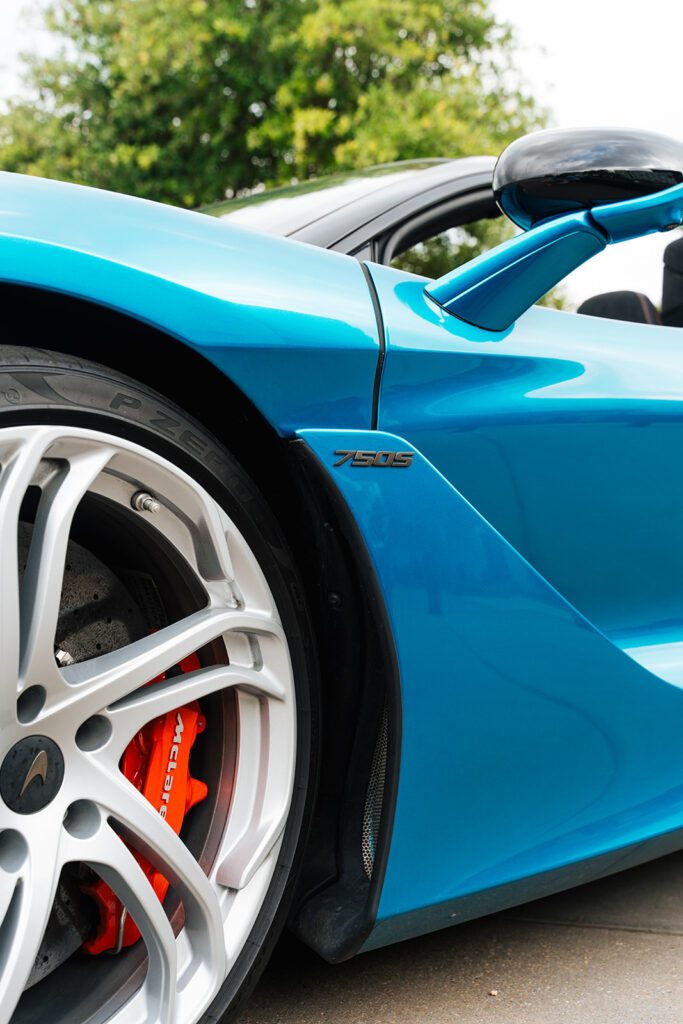
Rivals in the Rearview: Ferrari 296 GTS and Lamborghini Huracán Evo Spyder
In the rarefied air of open-top supercars, the McLaren 750S Spider faces fierce competition from Italy’s finest. Ferrari’s 296 GTS and Lamborghini’s Huracán Evo Spyder are its two clearest rivals, each offering their own spin on the topless thrill machine. How does the 750S Spider stack up, and what sets each apart?
Power and Straight-Line Performance: On paper, the Ferrari 296 GTS holds the advantage in raw output. Its trick hybrid powertrain delivers a combined 819 bhp from a mid-mounted twin-turbo V6 and electric motor, about 79 bhp more than the McLaren’s V8. The Ferrari also boasts instant electric torque, giving it a seamless shove from low revs that even the best turbo can’t perfectly match. In a drag race, the 296 GTS is every bit a match for the 750S: both cars hit 124 mph in roughly 7.2 seconds, and the Ferrari has run the quarter-mile in the high-9-second range given ideal conditions. Yet the McLaren, with its superb launch control and lighter weight, is shockingly effective, so much so that it beat the 296 GTB to 60 mph in Car and Driver’s testing despite the power deficit. Chalk that up to the 750S’s weight advantage: at around 3,000 lbs, it undercuts the Ferrari by over 300 lbs.
The Lamborghini, meanwhile, brings a 631 hp naturally aspirated V10 to the table. It’s down on power, but the Huracán claws back some ground with all-wheel-drive traction (on the AWD model) and launch control brutality. Expect 0–60 mph in 3.0 seconds for the Huracán Evo Spyder, ferociously quick, though a few ticks behind the McLaren and Ferrari. By the quarter-mile, the lighter, more potent McLaren and Ferrari have pulled ahead (the Lambo typically runs high-10s around 130–132 mph. And at the top end, the Huracán’s 201 mph vmax is just shy of the 205–206 mph achieved by the other two. In practice, all three are obscenely fast. But if your measure of supremacy is who gets to the next corner first, the McLaren 750S Spider, with its ideal power-to-weight blend and aero-honed stability, makes a strong case as the frontrunner. If McLaren, Lamborghini, and Ferrari would like to loan me these cars at the same time, I am sure I could arrange some track time to get a diffenative answer.
Driving Experience and Handling: The character of these cars diverges once you leave the spec sheet and find a winding road. The Ferrari 296 GTS is an intriguing mix of digital and analog. With its shorter wheelbase and hyper-responsive steering, the Ferrari feels a bit more eager, even edgy, than the McLaren, which tends to be smoother and composed. The 296’s chassis is brilliantly balanced (mid-engine, rear-drive like the McLaren), and it uses a sophisticated active suspension and brake-by-wire system to maintain composure. Still, the Ferrari’s extra weight means you sense more mass shifting in hard corners and under braking. Thanks to Ferrari’s chassis sorcery, the GTS stays remarkably stiff for a convertible, but as noted earlier, even Maranello’s finest can’t entirely mask the absence of a carbon tub. Where the 750S Spider feels rock-solid, the Ferrari over harsh bumps can transmit a slight quiver.
On the flip side, that slight compliance doesn’t stop the 296 GTS from being as amazing to drive as it is to look at, with huge reserves of grip and a playful demeanor when you dial everything to Race mode. The Ferrari’s hybrid assistance also means power out of tight corners is immediate and mighty; it practically slingshots itself with electric torque filling in any turbo lag. And of course, there’s the aural experience: a V6 might sound humble, but the 296’s exhaust has a distinctive shriek and the added sci-fi whir of electric motors, giving you a unique soundtrack that’s equal parts futuristic and ferocious.
The Huracán Evo Spyder, by contrast, is what you expect from a Lamborghini. Its big V10 doesn’t have turbos or hybrid drive, it just revs to the stratosphere and howls like a superbike, delivering power in a linear torrent. With standard AWD (on most models) and a somewhat heavier, older platform, the Huracán’s handling is planted but less nuanced. While I haven’t ever taken a Huracán on the track, my time on country roads proves that the Lambo will grip heroically, especially the front end, thanks to AWD pull. The steering communicates less to the driver than the McLaren or Ferrari. The Lamborghini’s steering is quick and accurate, yet compared to the chatty McLaren hydraulic rack or even Ferrari’s sharpness, the Lambo’s feels slightly disconnected. Likewise, its suspension provides a firm ride; it’s livable and improved from earlier models, but you won’t mistake it for the McLaren around town. With the top down, the Huracán Spyder’s structure, while reinforced, is still not as stiff as the carbon-tub McLaren. Hit a mid-corner bump, and you might feel a slight shimmy through the chassis. On the plus side, Lamborghini’s emphasis on mechanical grip and stability makes the Huracán very confidence-inspiring for less experienced drivers. You can lean on its AWD and let the naturally aspirated engine do its thing without worrying about turbo surges. It’s a car that flatters with accessibility and terrifies (in a good way) with its ten-cylinder scream. But at the ragged edge or against a stopwatch, the Huracán Spyder can’t quite match the surgical precision of the 750S or the cutting-edge tech of the 296 GTS.
Track Readiness: If you live for track days, the 750S Spider is arguably the pick of the trio. Its combination of low weight, advanced suspension, and aerodynamics gives it an edge in endurance and pace. McLaren’s focus on cooling and consistency means you can lap hard without the electronics or powertrain dialing back, and the optional Senna-sourced brakes won’t fade easily. The Ferrari 296 GTS is no slouch on track either; it shares much of its chassis with the 296 GTB, which has proven itself a formidable track weapon. However, after a few hot laps, the Ferrari’s battery might deplete enough to reduce peak output slightly (a consideration with any hybrid).
Ferrari does offer an Assetto Fiorano package for the coupe (and likely for GTS) that adds lightweight parts and stickier tires, signaling the car’s serious intent. Still, the GTS’s additional 154 lbs over the GTB means it’s ever so slightly less sharp than the fixed-roof version, a tiny compromise for the joy of open-air motoring. The Huracán, especially in Evo form, is perhaps the least track-focused here. Lamborghini is known as the supercar of the hardparkers, but they offer the track-focused STO variant (in coupe form only) for those chasing lap times; the standard Evo Spyder is more street-fun oriented. Its brakes and tires will hold up for a spirited session, but the heavier build and less sophisticated aero mean its lap times lag behind the McLaren (and likely the Ferrari). In sum, on track, the McLaren feels like a scalpel, the Ferrari like a high-tech multitool, and the Lambo would likely feel like a broadsword, each exciting in its way, but one of these is most optimized for carving apexes, and it’s the 750S.
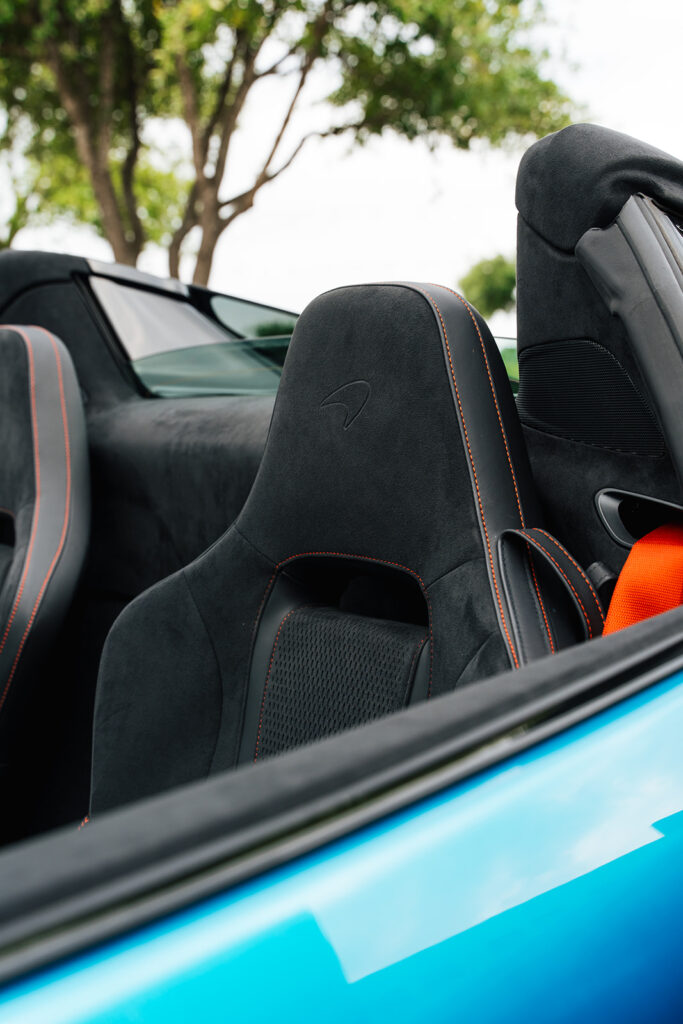
Command and Comfort: Interior and Practicality
Inside the 750S Spider, McLaren has blended racecar minimalism with just enough luxury and tech to remind you this is a flagship road car. The driving position is dead-on perfect: low and reclined, with excellent visibility through the massive windshield. One of McLaren’s underrated virtues is outward sightlines. The 750S continues the tradition of slim A-pillars and a deep windshield, giving you a panoramic view of the road (and track) that Ferrari and Lamborghini’s more cocooned cockpits can’t quite match.
The cabin design will feel familiar to McLaren faithful: a driver-centric layout, sparse clutter, and high-quality materials (rich leather, Alcantara, carbon fiber accents). But look closer and you’ll spot key improvements. The instrument cluster is now a new column-mounted screen (borrowed from the McLaren Artura) that moves with the steering wheel adjustment, ensuring perfect visibility of the tachometer and speedometer at all times. The infotainment has received a much-needed upgrade: the 750S boasts a larger, sharper 8-inch, more responsive touchscreen, and “hallelujah“ now includes Apple CarPlay integration. A new McLaren Control Launcher (MCL) shortcut button on the dash, which allows you to save a custom drive mode profile (your preferred mix of aero, handling, powertrain, and transmission settings) and activate it with one touch. These tech additions address much of the 720S’s infotainment shortcomings. The interface still isn’t as elaborate as Ferrari’s dual-screen setup or as flashy as Lamborghini’s. Still, it is straightforward and now modernized enough that you won’t miss basic comforts like smartphone mirroring.
The Ferrari’s interior in the 296 GTS is a stark contrast, it’s a marvel of Italian style, with a deep curved digital dash and an almost complete lack of physical buttons. Everything from headlights to wipers to drive modes is controlled via haptic touchpads on the steering wheel or center console. The McLaren, thankfully, sticks to tactile switches for critical functions (and even lets you adjust the drive modes with physical rocker switches near the instrument hood, so you don’t have to take your eyes off the road. Lamborghini’s Huracán, the elder statesman here, has a more analog cockpit than both. It features a central touchscreen for infotainment (with Apple CarPlay as well) but retains lots of toggle switches and an aviation-inspired start button that flips up like a missile launch guard. It’s dramatic and straightforward, though the system is showing its age in resolution and functionality compared to the McLaren’s new setup. One advantage of the Lambo: its naturally aspirated V10 doesn’t require hybrid monitors or E-Mode buttons, so it’s a simpler, more old-school experience for the driver who just wants to focus on the basics of throttle, brake, and steering.
When it comes to comfort and space, the 750S Spider surprises. The seats (especially the optional carbon racing buckets) hold you tightly on track yet prove comfortable on long drives. McLaren’s ergonomic cleverness shines with lots of adjustability and a roomy footwell, even for taller drivers. The Spider’s retractable hardtop does eat a bit of cabin storage, but there’s still a shallow parcel shelf behind the seats for a jacket or small bag when the roof is up. Up front, the 750S offers a frunk (front trunk) sufficient for a soft weekend bag or a couple of backpacks, practicality that’s appreciated in a car of this caliber. Ferrari’s 296 GTS has a similarly sized frunk, though its cabin has almost no extra cubby space (the price of that compact design). The Huracán Spyder, with its longitudinal V10 up front, has the smallest frunk of the trio; you might be able to put a couple of shoe boxes in before it’s full, and the cabin is a snug fit for anyone over six feet.
All three exotics come with nose-lift systems for speed bumps (the McLaren’s is notably quick, raising the front in just 4 seconds now, and all have the expected dual-zone climate control, premium audio options, and even adaptive cruise control available. The McLaren’s refinement at cruise is noteworthy: with the top up, it’s quiet enough to take a phone call, and with the top down, the wind management is excellent up to high speeds. You can drive it every day if you’re so inclined; it’s that civilized. The Ferrari offers a comparable duality (it will even stealthily run in EV-only mode for about 15 miles, surreal in a Ferrari), and the Lambo… well, it makes fewer daily-use apologies. It’s a bit louder, thirstier, and harder to see out of, but hey, it’s a raging bull, and for Lamborghini buyers, that brashness is part of the charm.
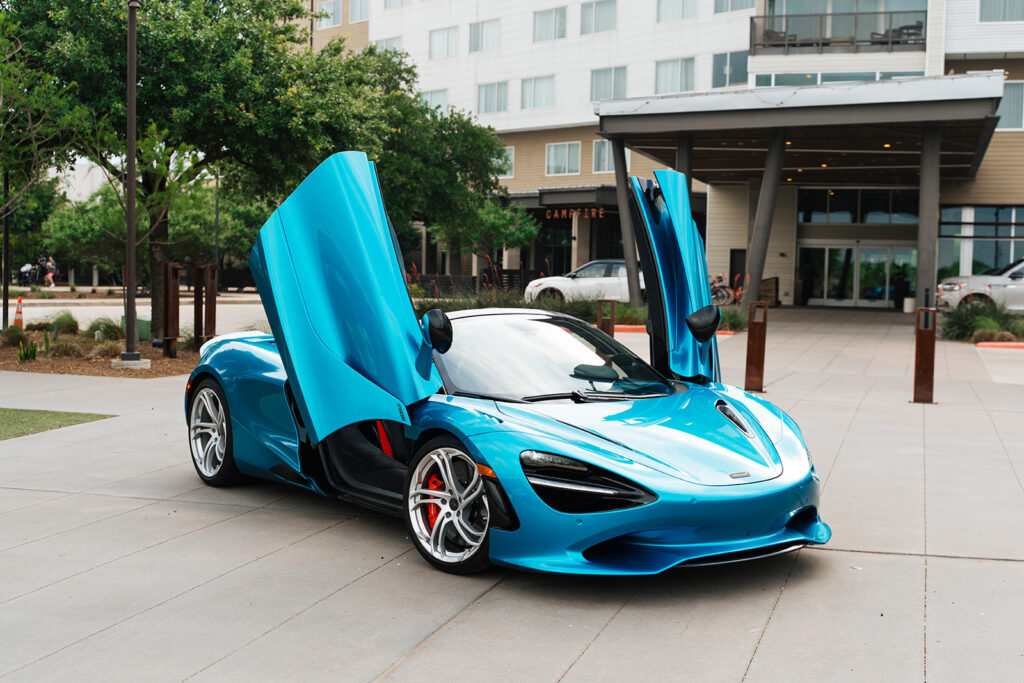
The Price of Admission and Personalization
Exclusivity never comes cheap in the supercar stratosphere, and the McLaren 750S Spider is no exception. Pricing starts around $350,000 for the Spider, which actually positions it favorably against the Ferrari 296 GTS, the latter’s list price hovers nearer $370,000 and easily sails past $400k with a few options. Our McLaren test vehicle had some optional extras pushing the price to just north of $420,000.
Lamborghini’s Huracán Evo Spyder, being on an older platform, undercuts both: base MSRP was around $320,000, though limited editions (Tecnica, STO) can reach McLaren money. Of course, in this rarefied club, options and customization can swing the final price by tens of thousands. McLaren offers a tantalizing array of bespoke choices through McLaren Special Operations or “MSO.” Fancy a one-off paint hue or exposed carbon fiber bodywork? They’ll oblige nearly anything… for a price. Even off the shelf, the 750S has options like a Track Pack (with super-light wheels, sport exhaust, and carbon seats), carbon-ceramic brakes with the Senna calipers, upgraded Bowers & Wilkins audio, and myriad carbon fiber interior trims. It’s easy to add $50k+ in extras without blinking.
Ferrari’s Tailor Made program similarly allows 296 GTS buyers to indulge in unique leathers, colors, and even bespoke materials, denim fabric inserts? Why not. The 296 GTS also tempts with the Assetto Fiorano package for those who want the lightest, raciest variant, though you’ll lose the adjustable shocks and gain a hefty bill for the privilege. Lamborghini’s Ad Personam customization is legendary, from wild paint palettes to custom embroidered seats and colored carbon pieces, if you can dream it and pay for it, Lamborghini will build it. The Huracán’s options list is a bit more tame on the performance side (since things like ceramic brakes are standard), but you can still splurge on forged wheels, special upholstery, and technology packs.
Where the McLaren might surprise is in its value proposition as a driver’s car. For roughly the same money as the Ferrari, the 750S Spider gives you a more powerful engine (if measured in traditional HP without hybrid boost), a lighter chassis, and a standard three-year unlimited mileage warranty that speaks to its engineering integrity (and likely offers peace of mind given McLaren’s sometimes finicky electronics of the past). McLaren also tends to include track tuition or owners’ club track events for new buyers, fostering that sense of motorsport community. Insurance and maintenance will be steep for all three; there’s no free lunch in running an exotic, but McLaren has been improving its global dealer network and reliability record. With Ferrari, you get the cachet of that prancing horse badge and their extended seven-year maintenance program (basically free scheduled service), which is a nice perk. Lamborghini, backed by Audi, has a solid reputation for durability; its V10 has been bulletproof over the years, and routine service costs can be a tad gentler than the high-tech McLaren and Ferrari. At this level, though, one doesn’t pinch pennies; you choose with the heart, knowing any of these spiders will sing to your soul as well as they empty your wallet.
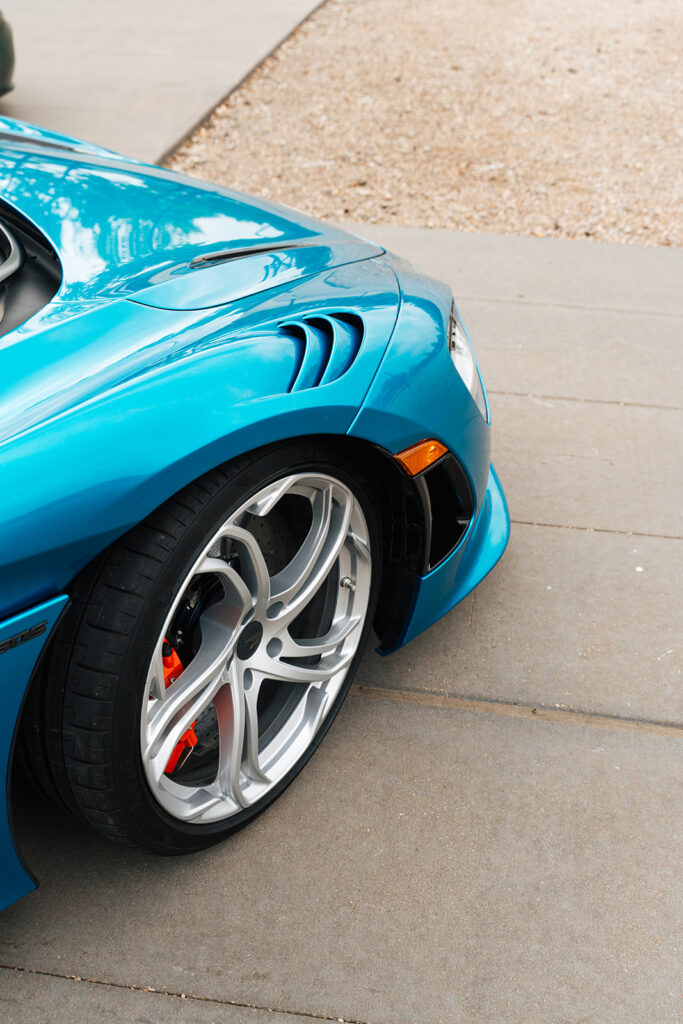
Verdict: The Pinnacle of Open-Top Performance
Aspirational yet astonishingly credible, the McLaren 750S Spider stands at the summit of the open-top supercar class. It’s the kind of machine that reminds you why you fell in love with cars in the first place. Blisteringly fast and precise on a racetrack, yet surprisingly civil and comfortable on a city cruise, the 750S Spider proves you truly can have your cake and eat it at 200 mph. McLaren set out to enhance an already brilliant 720S, and they’ve done exactly that, more power, more agility, and even more drama, without eroding the everyday usability that made the 720S a benchmark. The result is a 750S Spider that feels every bit a fantasy poster car, yet one you could confidently drive hard on track in the morning and then drive home with the sunset warming your shoulders.
Crucially, the 750S Spider brings its own flavor to the hyper-exotic recipe. The Ferrari 296 GTS beguiles with its cutting-edge hybrid punch and Italian flair; the Lamborghini Huracán Evo Spyder intoxicates with old-school V10 theatrics. But the McLaren counters with a purity of driving feel – that lightweight, carbon-fiber, rear-wheel-drive alchemy that makes you the center of the experience. It’s steering chats endlessly, its suspension defies logic in blending comfort and control, and its V8, unencumbered by batteries, delivers old-fashioned supercar adrenaline by the bucketload.
All this comes wrapped in a design that’s both scientifically honed and provocatively beautiful, reminding onlookers that the future can be fast and artful at once. For the enthusiast who demands an unfiltered connection yet refuses to compromise on speed, style, or sophistication, the McLaren 750S Spider is a dream turned reality. In a world of hybrid this and electric that, the 750S Spider is refreshingly focused on the simple joy of driving very, very fast under an open sky. It’s an aspirational machine, but one built on tangible, usable performance credibility. McLaren didn’t just build a car for the spec sheet or the valet stand (though it excels at both); they built a car for those dawn runs on empty roads and track-day afternoons chasing perfect lap times. They built a car for us enthusiasts. And in the McLaren 750S Spider, we have a new open-top hero, one that makes every drive feel like a feature in your own high-octane, sun-soaked magazine story.

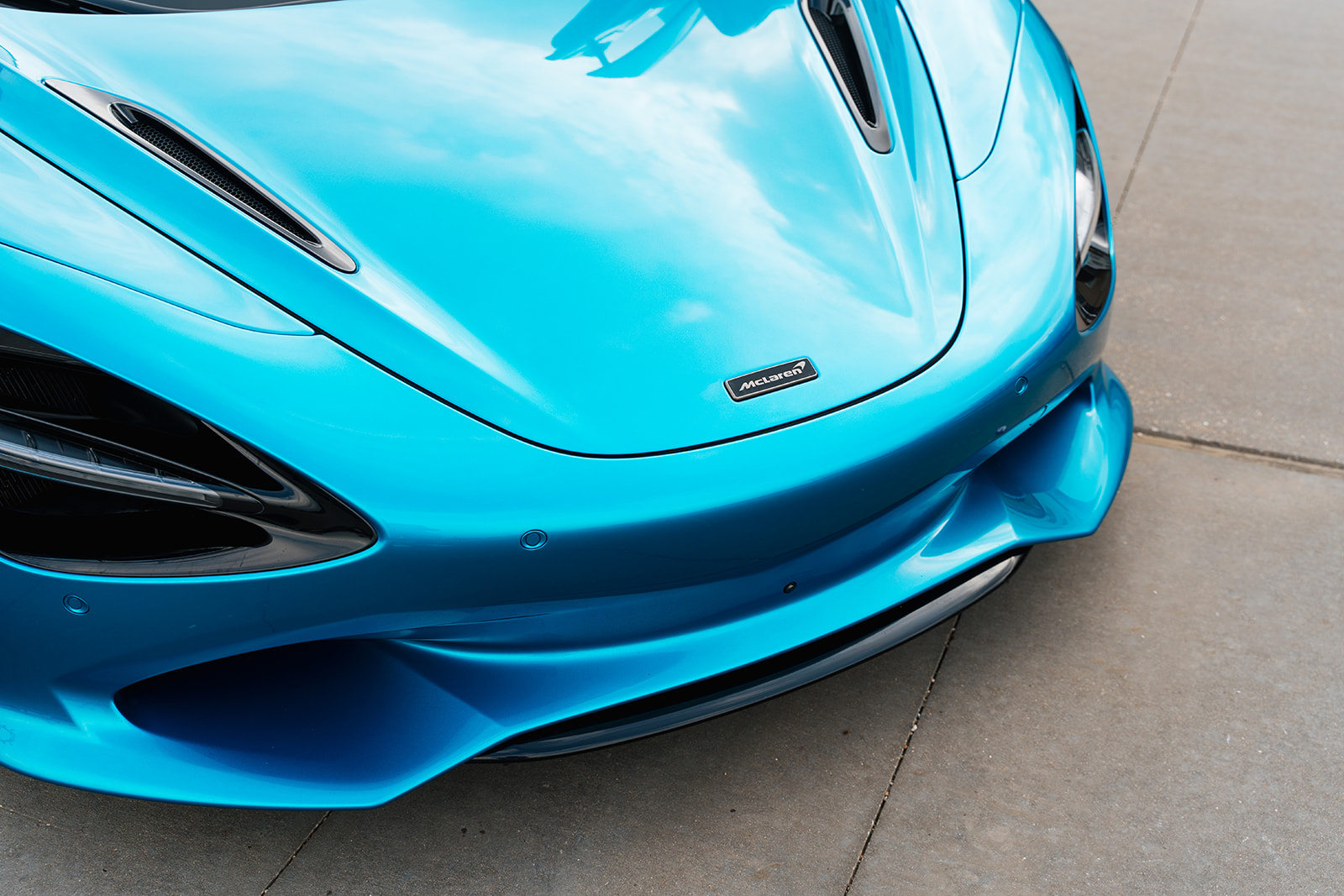

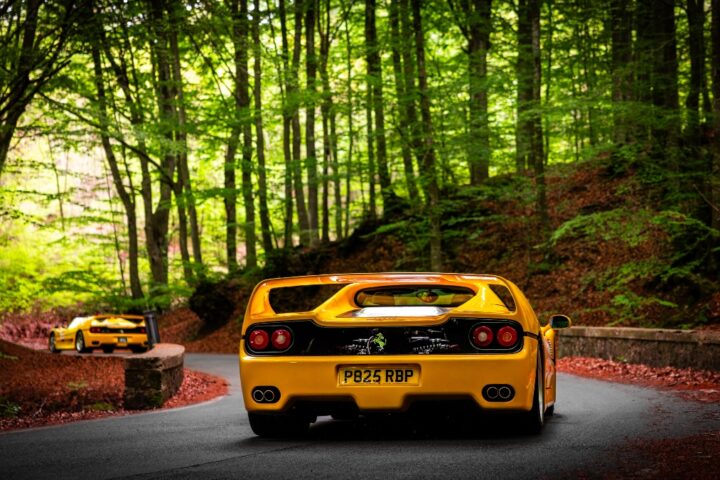
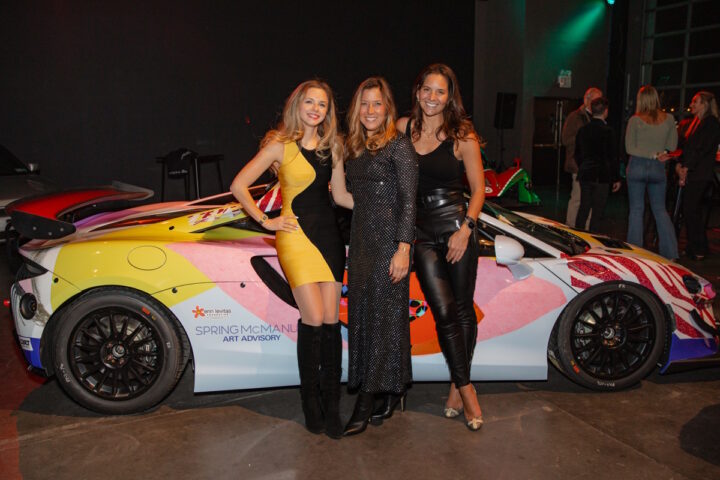

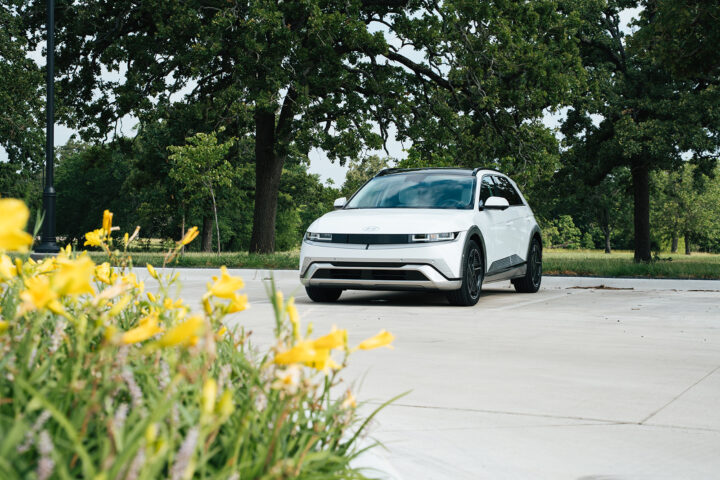
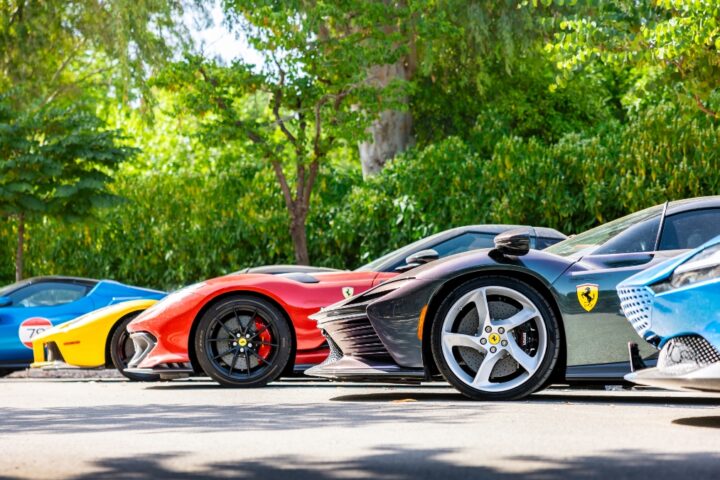





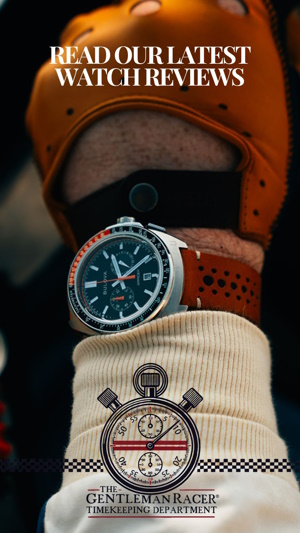


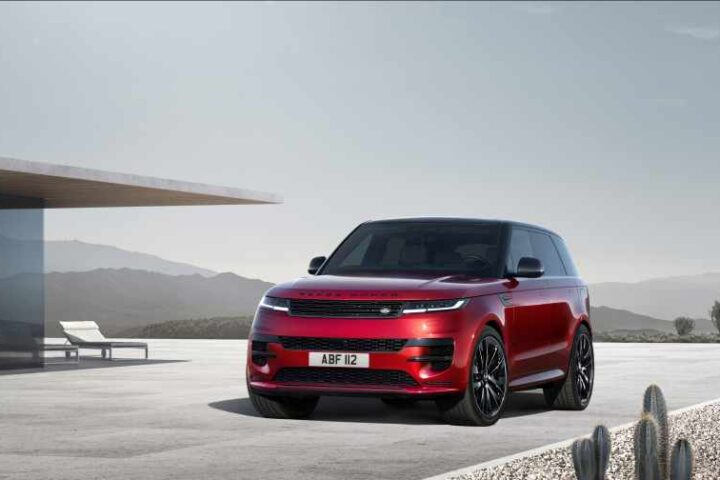
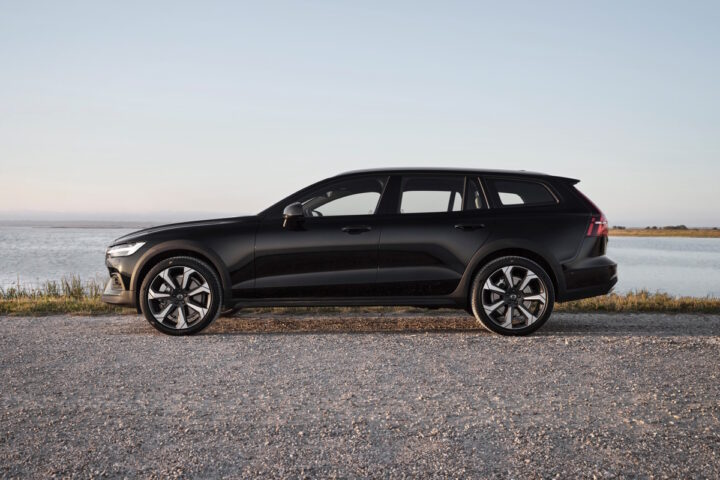
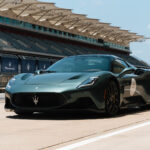
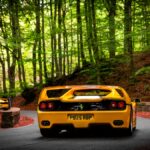
What McLaren is doing with the 750S Spider reminds me of the golden era of lightweight British sports cars—but dialed up to 11. It’s focused, unapologetic, and built for people who want to drive rather than just show off. The Gentleman Racer absolutely captured the soul of this car in the review.
The focus on weight savings is what really impresses me here. From the thinner windshield to reworked seats and wheels, every ounce counts. It’s refreshing to see a brand that prioritizes handling and driver engagement over just screen size and luxury features. This is the kind of car built for people who love the feel of driving.
The interior’s minimalist approach, focusing on the driving experience, is a refreshing change from overly tech-laden cabins.
Interesting that McLaren didn’t need extra bracing for the Spider’s chassis. That carbon-fiber tub is doing wonders.
The design tweaks over the 720S are subtle but effective. The more pronounced splitter and slimmer intakes give it a sharper look.
As a former McLaren owner I can say that McLarens deliver jaw-dropping speed and an exhilarating driving experience, but ownership comes at a premium. Expect to budget $13,000 to $15,000 annually for routine maintenance and to qualify for the extended warranty, which is highly recommended. Skipping the warranty? Be prepared for steep out-of-pocket costs. Even minor issues can be pricey, while major repairs can be astronomical. Parts availability can also be a challenge, sometimes leaving your car in service for months and months.
With McLaren going hard in F1, Indy, and soon LeMans, Ferrari needs to watch its back.
I saw you and the car at The Stella Hotel when you were shooting this. As a college student and car enthusiast, the 750S Spider is the stuff of dreams. The design evolution from the 720S, especially the more pronounced front splitter and extended active rear wing are next level. I may not be able to afford one now, but as an engineering student at A&M it’s inspiring to see what’s possible in automotive engineering.
As someone considering an upgrade from my 720S, the 750S Spider presents a compelling package. The 66-pound weight reduction and the enhanced Proactive Chassis Control III system suggest a noticeable improvement in agility and handling. The 0–60 mph time of 2.7 seconds is impressive. The updated interior, especially the inclusion of Apple CarPlay, addresses some of the tech shortcomings of previous models. However, I’m curious about the real-world comfort of the carbon-fiber racing seats during longer drives. Has anyone taken the 750S Spider on extended road trips?
The 750S is such a radical bump from the 720S…